The “GEOTRACES project:” NSF OCE Award #1234166: (w/ co-PI Patrick Hatcher, ODU) “Role of organic matter in determining the solubility of atmospherically delivered iron.”
- (photo credit: Rachel Shelley)
- (photo credit: Rachel Shelley)
This project examines the relationships between aerosol organic matter (OM) characteristics and aerosol iron solubility for aerosols over the North Atlantic Ocean. Iron is recognized to be an important micronutrient to the ocean that can limit oceanic primary production and the drawdown of atmospheric carbon dioxide. The major source of iron the oceans is atmospheric deposition via continental combustion (North America, Europe, etc.) and mineral dust (deserts) sources. Combustion aerosols carry highly soluble iron relative to desert dust sources. Combustion aerosols carry highly soluble iron relative to desert dust sources making them more valuable to ocean production on a per particle basis – but we don’t know the exact reasons for their higher solubility.
We hypothesize that aerosols from continental combustion sources contain larger amounts of OM with specific molecular characteristics (carboxylic acid functional groups) that can bind with iron and deliver it to the ocean in soluble form.
We are testing our hypothesis using marine particulate aerosol samples collected during the 2010 and 2011 U.S. GEOTRACES cruises in the North Atlantic Ocean. We use powerful analytical (Fourier transform ion cyclotron resonance mass spectrometry and 1- and 2-d nuclear magnetic resonance spectroscopy) and statistical tools that allow us to identify the OM components that are specific to continental desert dust (Sahara desert/North Africa), continental combustion (North America and Europe), and marine aerosol sources. Our collaborators at Florida State University (Drs. Bill Landing, Rachel Shelley) are conducting trace metal analyses that will allow us to explore relationships between the OM and trace metal characteristics.
Preliminary results from the 2010 cruise have been published in Marine Chemistry (Wozniak et al., 2013; also look for Wozniak et al. in review for Marine Chemistry coming soon) and show European influenced aerosol OM to have high water soluble organic carbon to iron ratios and important contributsion from an aliphatic polycarboxylate component to go along with highly soluble aerosol Fe.
All data and manuscripts are available upon request (awozniak@odu.edu).
*Disclaimer: This material is based upon work supported by the National Science Foundation under Grant Number 1234166 from the Chemical Oceanography division. Any opinions, findings, and conclusions or recommendations expressed in this material are those of the author(s) and do not necessarily reflect the views of the National Science Foundation.
Products Related to the GEOTRACES project:
Gurganus, S. C., A. S. Wozniak, and P. G. Hatcher. In revision for Marine Chemistry. Molecular characteristics of the water soluble organic matter in size resolved aerosols collected over the North Atlantic Ocean.
Wozniak, A. S., R. U. Shelley, S. M. McElhenie, A. S. Willoughby, W. M. Landing, P. G. Hatcher. In review for Marine Chemistry. Insights into potential Fe-binding aerosol water soluble organic ligands from the 2011 US GEOTRACES cruise.
Wozniak, A.S., A. S. Willoughby, S. C. Gurganus, P. G. Hatcher. 2014. Distinguishing molecular characteristics of aerosol water soluble organic matter from the 2011 trans-North Atlantic US GEOTRACES cruise. In press, Atmospheric Chemistry and Physics.
Wozniak, A. S., R. L. Sleighter, H. Abdulla, A. S. Priest, P. L. Morton, R. U. Shelley, W. M. Landing, and P. G. Hatcher, 2013. Relationships among aerosol water soluble organic matter, iron and aluminum in European, North African, and Marine air masses from the 2010 US GEOTRACES cruise. Marine Chemistry, 154, 24-33.
More on the GEOTRACES project:
Visit www.geotraces.org for more information on the wider international effort to better understand the biogeochemical cycles and distributions of trace elements and their isotopes in the ocean!
Check out what our collaborators on this project are doing:
www.linkedin/pub/rachel-shelley/60/468/2a3
http://eoas.fsu.edu/people/faculty/dr-william-m-landing




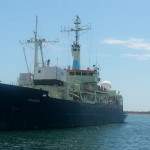
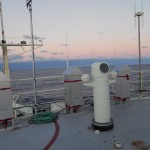
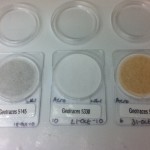
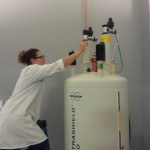
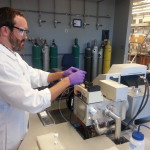
Recent Comments